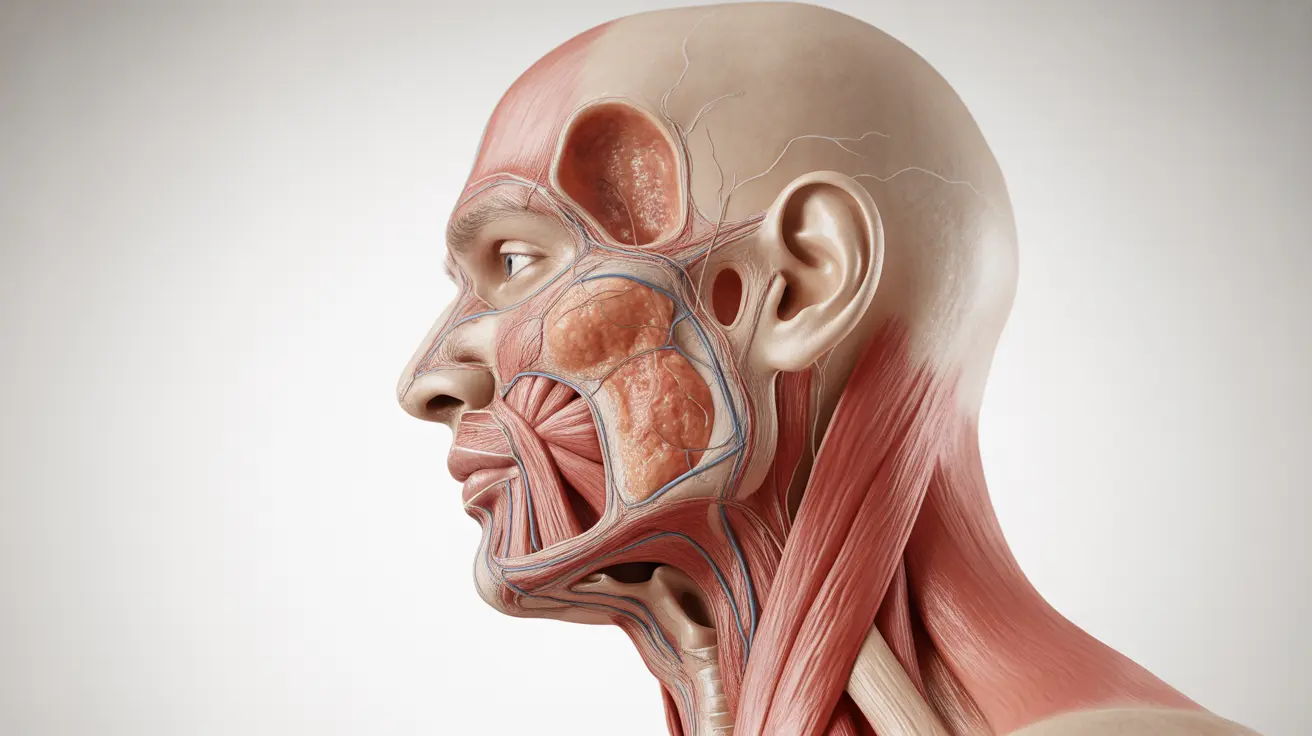For many women, distinguishing between spotting and a regular period can be challenging, yet understanding these differences is crucial for monitoring reproductive health. While both involve vaginal bleeding, they have distinct characteristics in terms of flow, duration, and underlying causes that set them apart.
This comprehensive guide will help you understand the key differences between spotting and menstrual periods, identify common causes of spotting, and recognize when to seek medical attention.
Characteristics of Spotting
Spotting typically presents as light vaginal bleeding that occurs outside your regular menstrual cycle. The key features of spotting include:
- Light pink or brown discharge
- Minimal blood flow that rarely requires more than a panty liner
- Usually lasts for a few hours to a couple of days
- Often occurs between periods or at unexpected times
Understanding Regular Periods
A regular menstrual period has several distinct characteristics that set it apart from spotting:
- Heavier blood flow requiring pads or tampons
- Bright to dark red blood
- Typically lasts 3-7 days
- Occurs at relatively predictable intervals
- Often accompanied by other symptoms like cramping
Common Period Symptoms
Regular periods usually come with additional symptoms that aren't typically present with spotting:
- Menstrual cramps
- Breast tenderness
- Mood changes
- Bloating
- Lower back pain
- Fatigue
Common Causes of Spotting
Several factors can lead to spotting between periods:
Hormonal Causes
- Birth control adjustment
- Hormonal imbalances
- Ovulation
- Pregnancy implantation
Other Medical Causes
- Uterine fibroids
- Endometriosis
- Infections
- Stress
- Certain medications
When to Seek Medical Attention
While some spotting is normal, certain situations warrant medical evaluation:
- Heavy spotting that increases in flow
- Spotting that occurs frequently between periods
- Post-menopausal spotting
- Spotting accompanied by severe pain
- Spotting after unprotected intercourse
Frequently Asked Questions
What are the main differences between spotting and a regular period in terms of blood flow and duration?
Spotting involves light vaginal bleeding that's typically pink or brown in color and lasts a few hours to days, requiring only a panty liner. A regular period features heavier bright to dark red bleeding that lasts 3-7 days and requires pads or tampons.
How can I tell if my light vaginal bleeding is spotting or the start of my period?
Consider the timing, flow, and color. Spotting is usually lighter, shorter in duration, and may occur at unexpected times. Period blood typically starts light but becomes heavier within a day and follows your regular cycle pattern.
What common causes lead to spotting outside of a normal menstrual period?
Common causes include hormonal changes from birth control, ovulation, pregnancy implantation, stress, uterine fibroids, endometriosis, and certain medications. Some spotting can also occur due to infections or hormonal imbalances.
When should I be concerned about spotting and seek medical advice?
Seek medical attention if you experience heavy spotting, frequent spotting between periods, post-menopausal bleeding, spotting with severe pain, or unexpected bleeding after unprotected intercourse.
What symptoms typically accompany a period that are usually absent with spotting?
Regular periods often come with symptoms like menstrual cramps, breast tenderness, mood changes, bloating, lower back pain, and fatigue. Spotting typically occurs without these accompanying symptoms.
Understanding the difference between spotting and periods helps you better monitor your reproductive health. While some spotting is normal, being aware of unusual patterns and knowing when to seek medical attention is essential for maintaining your overall well-being.




